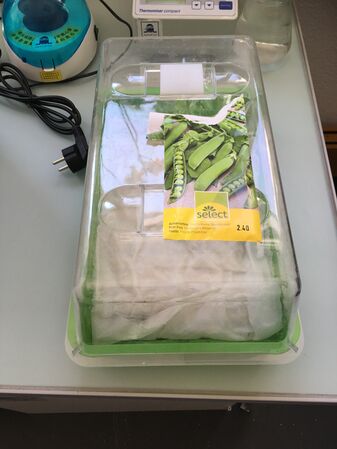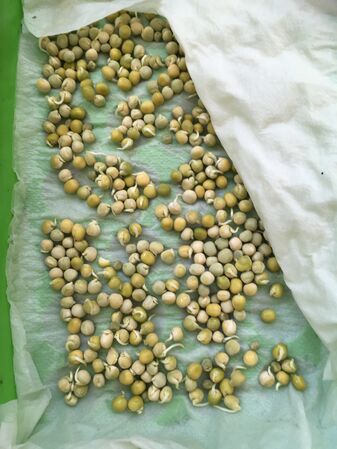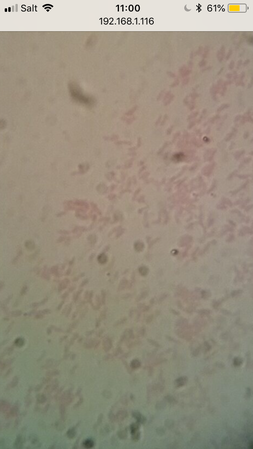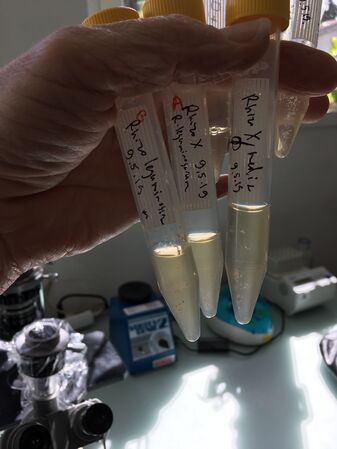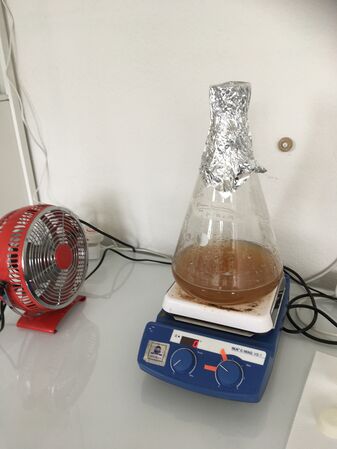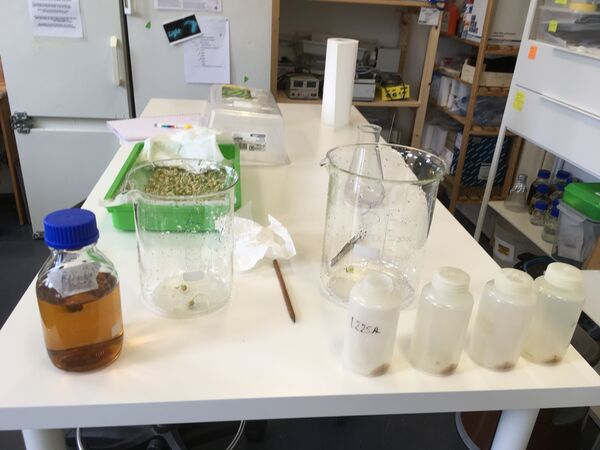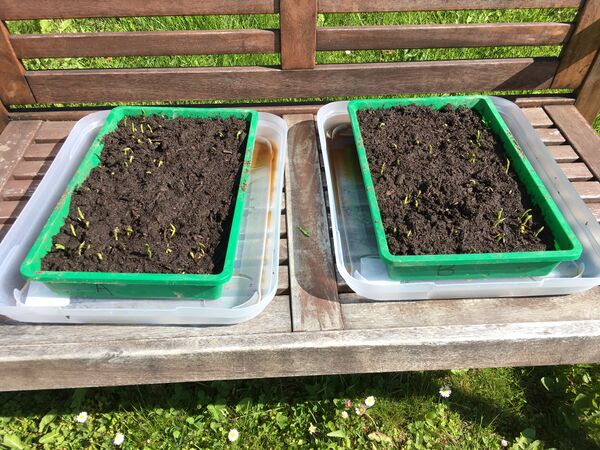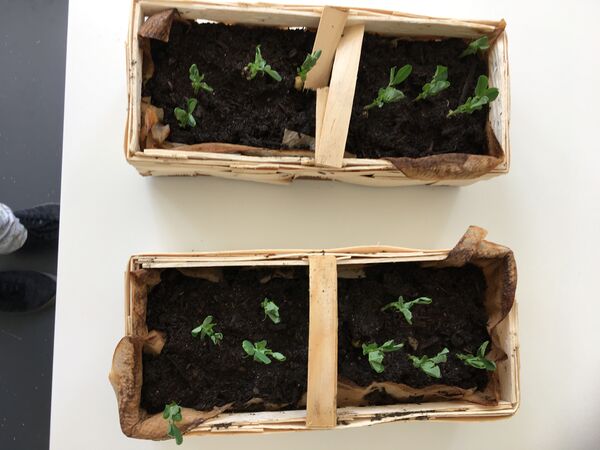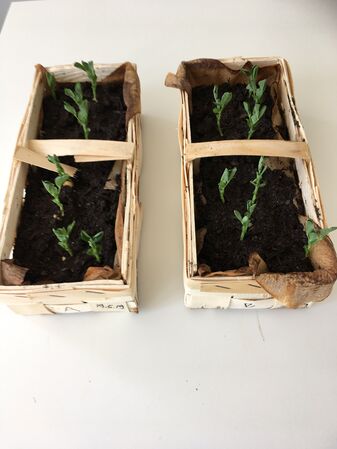Difference between revisions of "Urban garden"
| Line 24: | Line 24: | ||
<gallery mode=packed widths=300 heights=300> | <gallery mode=packed widths=300 heights=300> | ||
| − | File | + | File:Sproutingseeds.JPG |
| − | + | File:Sproutingseeds2.JPG | |
| − | + | File:Gramnegativerods.PNG | |
| − | + | File:Inocula4BigCulture.JPG | |
| − | + | File:Growthofbigculture.JPG | |
| + | File:Inoculating.JPG | ||
| + | File:Ingarden22may19.JPG | ||
| + | File:Inlab24may19.JPG | ||
| + | File:Inlab24may19b.JPG | ||
Revision as of 09:32, 2 June 2019
The second year of the urban garden project began in spring, 2019.
Inspiration
As mentioned in the previous wiki page around this project, symbiotic rhizobial bacteria are used regularly by big agrobusiness 'farmers' - providing incredible yields.
Key Aims
With this experiment, we hope to find out if, in ordinary 'urban garden' settings, such symbiotic associations between plant roots and bacteria will also provide better harvests of delicious peas!
To note: None of us are experts in this field, though we have had some advice from at least one, who mainly worked with alfalfa and its symbionts, and we are learning by doing!
Open Science
We want to encourage open science, and are simply using a google drive to collect data to start this second year...
(This can be strongly criticised, especially as huge populations, for instance in China, do not have this resource! We hope to work toward a better solution and thank you for any input!)
Gallery
Here are some initial images of the cultures, inoculation and growth of plants.
To note: groups of plants marked A and B were given to participants, with no indication as to which were inoculated and which were mock inoculated!
Toward a more sustainable Hackuarium?
If we get strong data, next year will probably be much more professional, and maybe even provide funding for the lab, perhaps...

